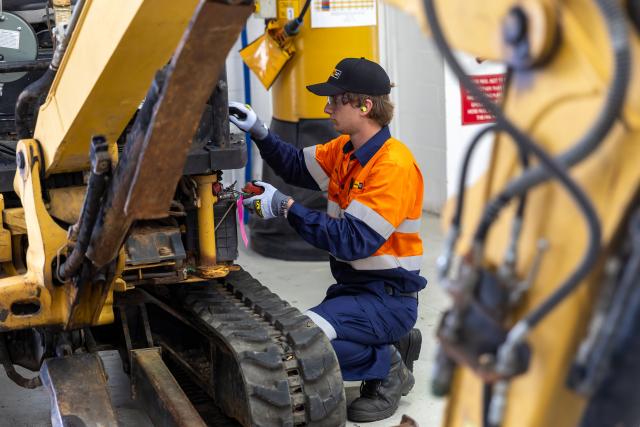
By Mikayla van Loon
Apprenticeship data from the last year has shown a decline in the uptake of trades across the country, with a local provider confirming it too can’t escape the national trend.
Master Builders Australia found that over the year to September 2023, 42,333 apprentices started a career in the building and construction industry.
This, however, was a 25 per cent decrease on the previous 12 month period.
A spokesperson for Swinburne TAFE, which provides students in the outer east with access to trade apprenticeship training in Croydon, said there was a decline nationwide in enrolment and completion rates for apprentices.
“Boosting enrolment in TAFE is vital for Australia to provide apprenticeships in areas of critical need and we’re committed to playing our part in this national priority,” they said.
From September 2022 to September 2023, a three per cent drop was seen in the number of apprentices in training, declining from 124,120 to 120,88.
Completion rates also dropped 7.9 per cent, with 21,814 students finishing their training over the year to September last year.
Despite these reductions, Master Builders Australia chief executive officer Denita Wawn said building and construction still remains one of the largest employers in the country.
“Construction is the backbone of the Australian economy, employing approximately 1.3 million people, providing infrastructure, commercial and community buildings, and homes for the growing population,” she said.
“But the building and construction industry workforce is ageing and has a typical exit rate of eight per cent a year. Master Builders estimates we need half a million new entrants over the next three years.
“We are not doing enough to plug this gap. There are not enough new entrants to the industry to meet building and construction targets, including 1.2 million new dwellings under the Housing Accord, or the transition to net zero by 2050.”
Vocational education and training in the Yarra Ranges was recorded at above state and national averages in the Australian Bureau of Statistics 2021 Census.
It showed that 3,786 (8.7 per cent) people were attending TAFE, compared to the state’s 7.9 per cent and the national percentage of 7.8.
Ms Wawn said “making VET more attractive” would be a critical part to addressing the declining uptake of building and construction apprenticeships.
“Vocational education and training has been seen as the second-class citizen to universities for far too long,” she said.
“Master Builders has long advocated for the bias that leads people away from the VET system to be dissolved.
“We need to change people’s perceptions of working and needing a vocational education to look at trades as a pathway into a vibrant, well-paid and very large industry.”
The Swinburne spokesperson said as a leading dual sector provider, “we’ve seen recent growth in sectors such as electrical and plumbing apprenticeships”.
“Swinburne is proud to be a trusted home of traineeships, apprenticeships and trades in Victoria.”






